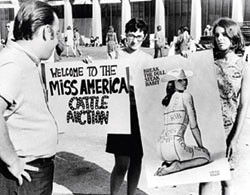Norman Whitfield died yesterday.
Now you are sad. You remember going religiously to the Passage 44 in Brussels every week to rent 10 CDs, you were determined to learn as much about music as was possible in a very short time. You discovered The Temptations at about the same time you discovered Lee Perry. Your love affair with black music was about to start.
Whitfield remains an underrated music personality. In the words of pop historian and DJ David Haslam:
“The trad agenda set by commentators in the sixties, heavy with value judgments – glorifying the work of the Velvet Underground over Motown releases, the production skills of Brian Wilson over those of Norman Whitfield, and the social significance and songwriting talent of John Lennon rather than James Brown – persists.”
David Haslam
Amen.


